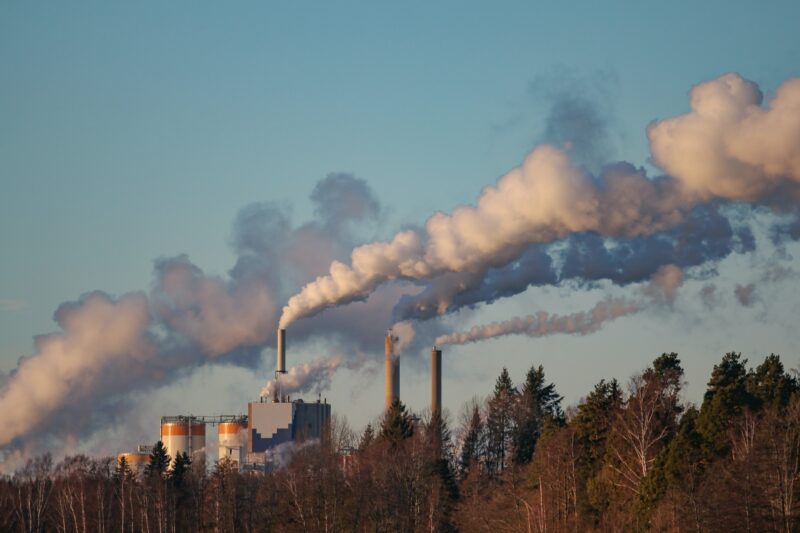Energy system transformations for limiting end-of-century warming to below 1.5°C
Authors
Joeri Rogelj, Gunnar Luderer, Robert C. Pietzcker, Elmar Kriegler, Michiel Schaeffer, Volker Krey and Keywan Riahi
Share

Many impacts projected for a global warming level of 2°C relative to pre-industrial levels may exceed the coping capacities of particularly vulnerable countries. Therefore, many countries advocate limiting warming to below 1.5°C. This article contains an analysis of integrated energy–economy–environment scenarios that keep warming to below 1.5°C by 2100.
It finds that in such scenarios, energy-system transformations are in many aspects similar to 2 °C-consistent scenarios, but show a faster scale-up of mitigation action in most sectors, leading to observable differences in emission reductions in 2030 and 2050. The move from a 2°C to a 1.5°C-consistent world will be achieved mainly through additional reductions of CO2.
This implies an earlier transition to net zero carbon emissions worldwide, to be achieved between 2045 and 2060. Energy efficiency and stringent early reductions are key to retain a possibility for limiting warming to below 1.5 °C by 2100.
The window for achieving this goal is small and rapidly closing.











